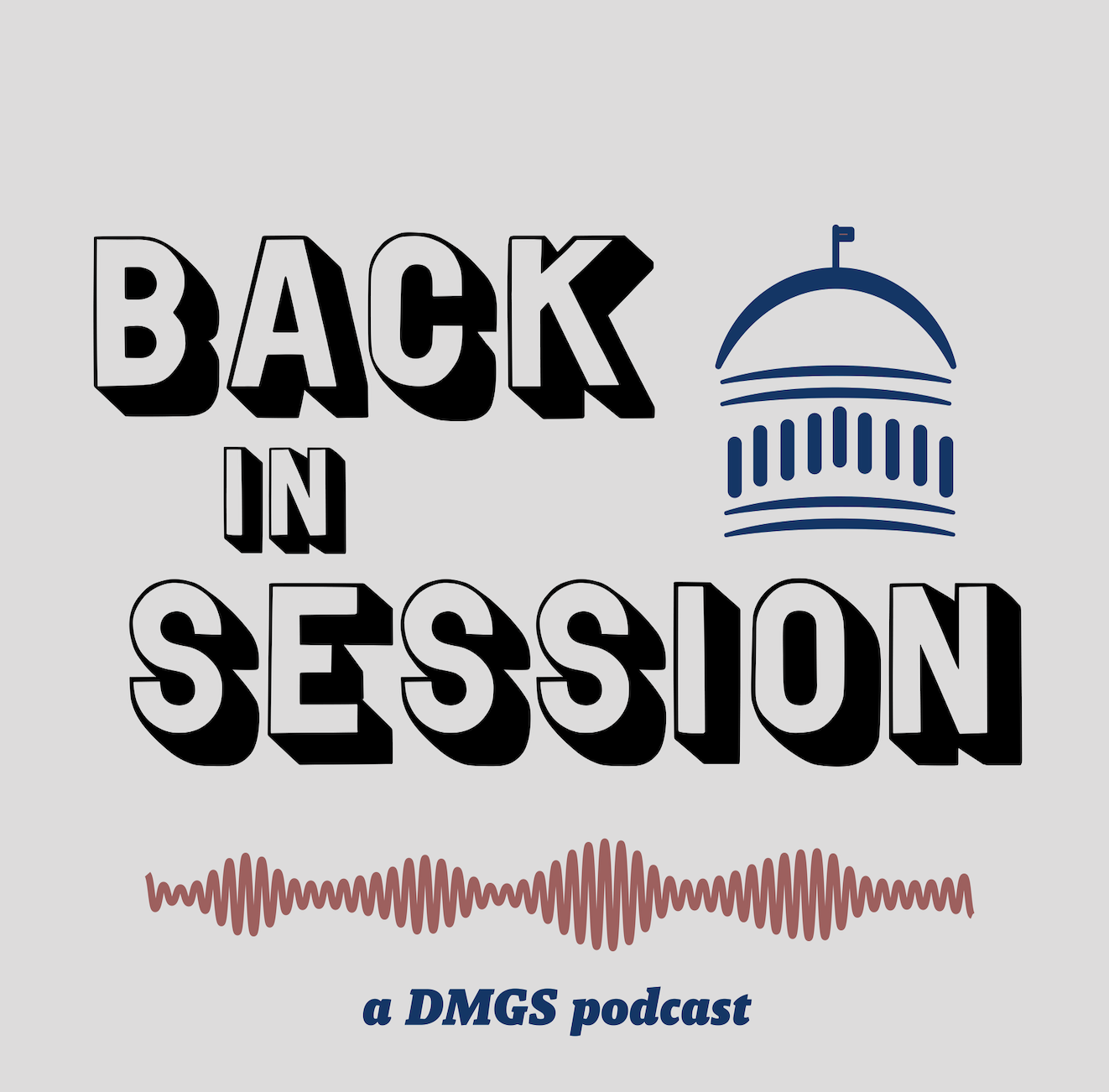
If your business has more than 100 employees, this news will certainly impact you. As DMGS noted last month, the U.S. Government announced that the Occupational Safety and Health Administration (OSHA) would introduce an Emergency Temporary Standard (ETS) requiring private-sector companies that employ 100 or more workers to require proof of vaccination or weekly testing.
On November 4, OSHA announced its ETS for COVID-19 vaccination and testing. According to OSHA, it has determined that such an ETS is necessary because workers are becoming seriously ill and dying due to occupational exposures to COVID-19. OSHA also announced it was confident that employers with more than 100 employees have the administrative capacity to implement the standard’s requirements. However, it was not as confident that employers with fewer than 100 employees could do the same when developing the standards.
Employers are required to comply with most of the ETS’ provisions within 30 days after the date of publication in the Federal Register (November 4, 2021) and must comply with the testing requirement within 60 days after the same date.
Who is covered by the ETS?
OSHA’s ETS covers private employers with more than 100 employees. Additionally, in states with OSHA-approved State Plans, state and local government employers and private employers with 100 or more employees will be covered by state occupational safety and health requirements.
Who is NOT covered by the ETS?
Workplaces that have fewer than 100 total employees are not covered. Additionally, public employers in states without State Plans are not covered. Also not covered:
- Workplaces covered under the Safer Federal Workforce Task Force COVID-19 Workplace Safety: Guidance for Federal Contractors and subcontractors; and
- Settings where an employee provides healthcare services or healthcare support services when subject to the requirements of the Healthcare ETS (§ 1910.502).
Must all employees comply if OSHA’s ETS covers their employer?
No. OSHA’s ETS does not apply to employees who do not report to a workplace where other individuals are present, employees working from home, and exclusively outdoors employees.
What must employers do?
According to OSHA’s ETS Fact Sheet, employers must do the following:
- Develop, implement, and enforce a mandatory COVID-19 vaccination policy, with an exception for employers that instead establish, implement, and enforce a policy allowing employees to elect either to get vaccinated or to undergo weekly COVID-19 testing and wear a face covering at the workplace.
- Determine the vaccination status of each employee, obtain acceptable proof of vaccination from vaccinated employees, maintain records of each employee’s vaccination status, and maintain a roster of each employee’s vaccination status.
- Support vaccination by providing employees reasonable time, including up to four hours of paid time, to receive each primary vaccination dose and reasonable time and paid sick leave to recover from any side effects experienced following each primary vaccination dose.
- Ensure that each employee who is not fully vaccinated is tested for COVID-19 at least weekly (if in the workplace at least once a week) or within seven days before returning to work (if away from the workplace for a week or longer).
- Require employees to promptly provide notice when they receive a positive COVID-19 test or are diagnosed with COVID-19.
- Immediately remove from the workplace any employee, regardless of vaccination status, who received a positive COVID-19 test or is diagnosed with COVID-19 by a licensed healthcare provider, and keep the employee out of the workplace until return to work criteria are met.
- Ensure that each employee who is not fully vaccinated wears a face covering when indoors or when occupying a vehicle with another person for work purposes, except in certain limited circumstances.
When are the Effective Dates?
The ETS became effective on November 5, 2021, when OSHA published it in the Federal Register. Employers are required to comply with all its requirements by December 5, 2021. Employers must comply with the testing requirements for workers who are not fully vaccinated by January 4, 2022.
COVID-19 Testing Options
PCR testing is a lab test that offers the highest sensitivity and specificity, which loosely translates to accuracy. PCR testing will detect COVID-19 at all stages of infection. While PCR testing is the “gold standard,” it can be costly and not as fast as antigen testing.
Antigen Testing is typically in rapid form—a simple test cassette like a pregnancy test—where a shallow, nasal specimen can be tested anywhere in as little as 10-20 minutes on average. This gives the test taker information quickly, and generally speaking, is less expensive than PCR testing. The most significant limitations are accuracy. Antigen tests tend only to pick up the infection once it has replicated enough to be contagious. If an employee tests within the first 24-72 hours of exposure, the chances of detecting the disease are not great, even if they end up contracting the virus.
While details are still scarce, there are a few directions employers may go:
1. PCR Surveillance Testing
PCR Testing can be as simple as employees spitting into a specimen tube or obtaining a shallow nasal swab once a week and sending it off to the lab. While individual PCR COVID-19 tests average $100 each, DMGS has established partnerships where a company can access PCR testing for as little as $20 per person.
2. Point-of-Care Rapid Antigen Testing
Point-of-Care Rapid Antigen tests are primarily sold by the box (20-25 tests) and require minimal oversight, lab waiver certification, and reporting requirements. In most states, lab certification is a brief application submitted via email accompanied by a $180 fee every other year. Reporting is often performed via a secure file transfer or upload done once weekly. The advantage to point-of-care testing is that it is cheap—about $7 per test (more or less dependent on volume) but does require increased administration.
3. Over-the-Counter Rapid Antigen Testing
Over-the-Counter style tests are predominantly the same as point-of-care in functionality but are labeled for individual sale and do not require oversight, lab waivers, or reporting. They are also generally more expensive—retailing about $25 for a two-pack.
While the USG is purchasing Over-the-Counter Rapid Antigen tests to push them into the marketplace through national pharmacy chains, it is very unclear if there will be enough for everyone who will need to test to go to work every week.
DMGS Support for COVID-19 Testing Requirements
Securing COVID-19 testing services and supplies is critical to ensure minimal disruption to an employer’s workforce once OSHA issues its ETS. Without a comprehensive vaccination requirement, an employer’s onsite workforce could be interrupted if unvaccinated workers cannot access tests independently.
Whether employers fund the cost of testing or pass the cost along to the employee, ensuring that a workforce has access to testing is critical to ensuring business continuity.
Through partnerships, DMGS has access to:
- PCR Testing starting at $20 per test
- Point-of-Care Rapid Antigen Tests averaging $7.50 per test (more or less dependent on volume)
- Over-the-Counter Rapid Antigen Tests averaging $10 per test (more or less dependent on volume)
Whatever comes, please know that DMGS is here to support you while we overcome the pandemic.
Contact Ryan Stevens at rjstevens@dmgs.com to learn more!
Latest News
In this episode of the Back in Session podcast, hosts Ryan Stevens and Ryan DeMara sit down with Terra McClelland, President of the State Government Affairs Council (SGAC) and Vice President of Government and External [...]
Photo credit: iStock.com/Fahroni In most of the United States, you can pull into a gas station and pump your own gas. However, according to the National Association of Convenience Stores, self-serve gas stations did not [...]
Photo credit: iStock.com/Nadezhda Kurbatova As unions reassert themselves in 2023, some state legislatures are considering bills allowing legislative staff to form unions. The Oregon Legislative Assembly became the first state legislature to have a unionized [...]
Photo credit: iStock.com/Zerbor Could your state raise its minimum wage in 2023 or in the near future? In 2021, the Pew Research Center reported that six-in-ten U.S. adults (62%) favored raising the federal minimum wage [...]






Stay In Touch